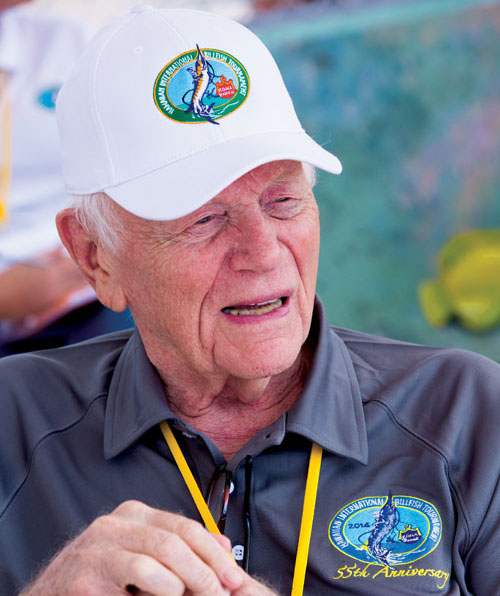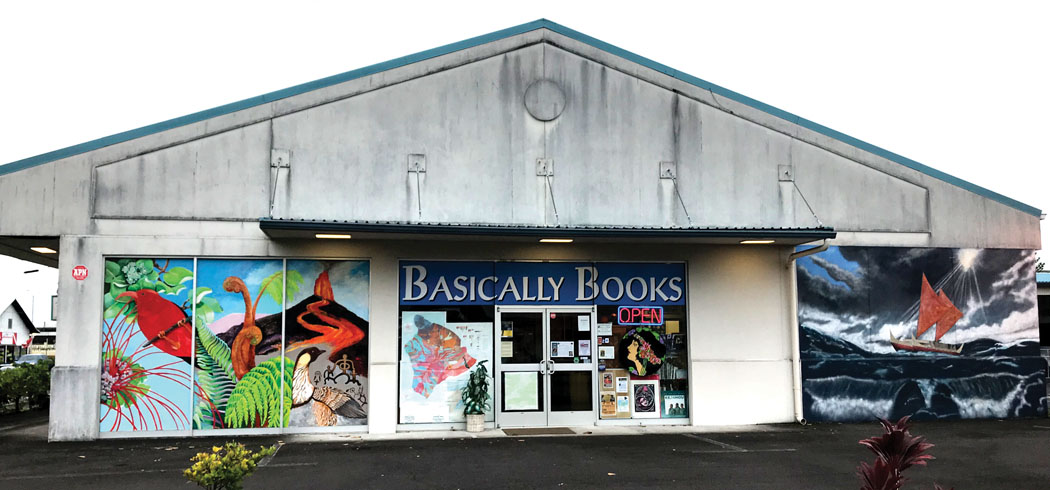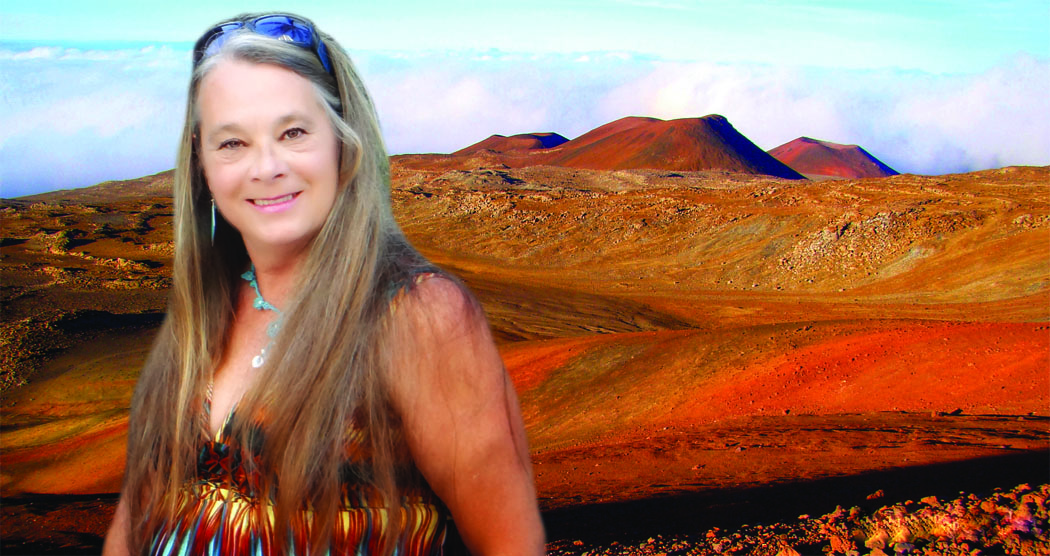
Mālama Mokupuni—Caring for Our Island Environment: Helping the Hawaiian Hawksbill Sea Turtle Using Photo-ID

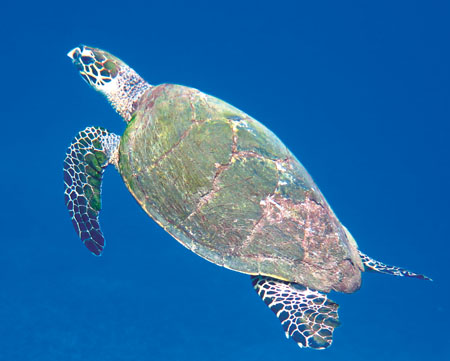
By Cheryl King
Have you ever seen a Hawaiian hawksbill sea turtle (Eretmochelys imbricata), known as honu‘ea or ‘ea? If so, you’re lucky, since they are a rare sight compared to the green sea turtle (Chelonia mydas), or honu. Hawaiian hawksbills are genetically distinct from other regions, so are truly “local.” Unfortunately, they are one of the most endangered populations in the world.
Hawksbills don’t bask like green sea turtles, so you will only see them while snorkeling or diving, or if they are nesting or hatching. Hawksbills are believed to nest exclusively on the main Hawaiian Islands—they are seldom sighted in the northwestern Hawaiian Islands (Papahānaumokuākea Marine National Monument). On average, only 20 females nest per year, statewide.
The endangered honu‘ea inhabits many of the same near-shore habitats and sometimes eats certain limu (algae) species, as does the threatened honu, but there are thousands of greens compared to hawksbills. Historical information indicates that hawksbills have never been abundant in Hawai‘i; the answer to why seems to be as mysterious as they are.
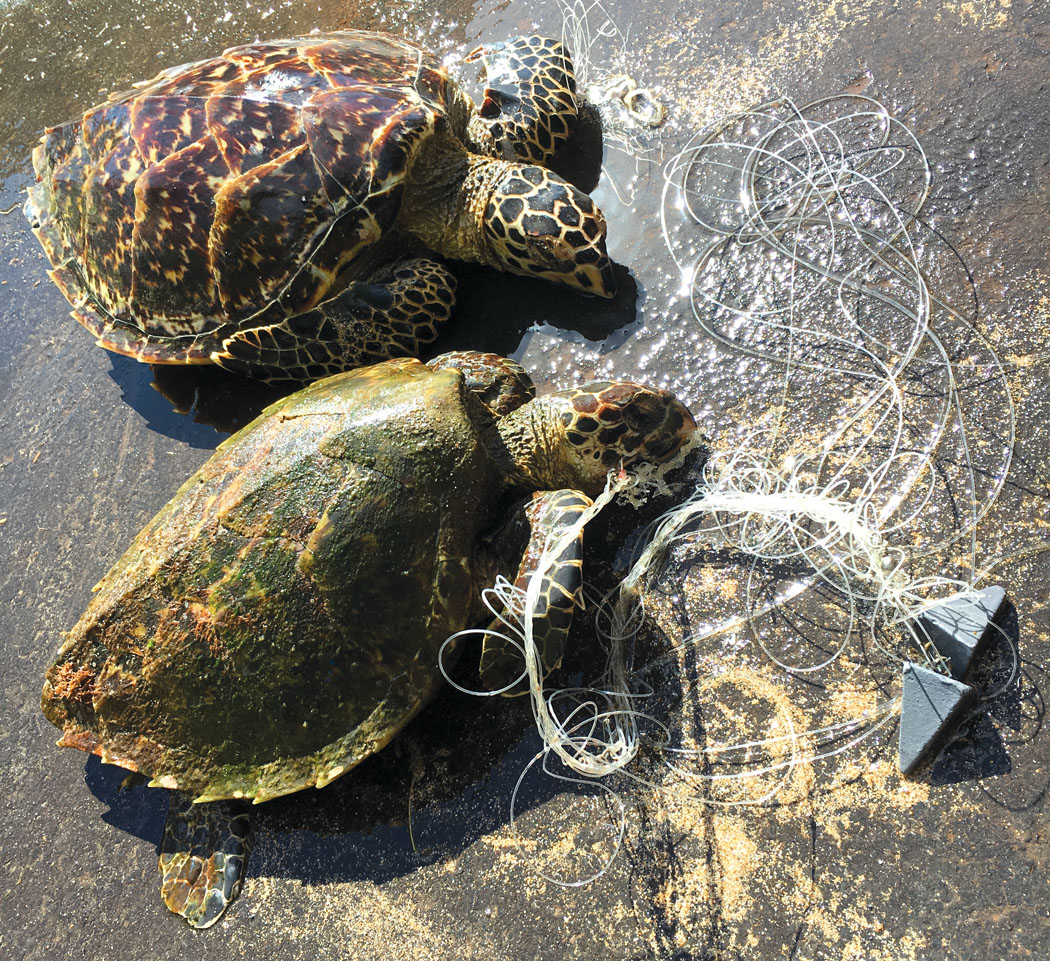
One vital way to protect the honu‘ea is to protect nesting sea turtles and their hatchlings. To find nests, conservationists look for distinctive tracks, resembling large tire tracks, left on the beach after a nesting female returns to the ocean. Hawksbill tracks differ from greens because they crawl differently. Hawksbills have an alternating gait, while the larger greens pull themselves across the sand using both front flippers at once, and push with their rear flippers, leaving more symmetrical marks in the sand. The paths of tiny hatchlings are the width of bicycle tracks and are often confused with crab tracks radiating across sand dunes. But if over 100 hatchlings emerge from their nest at once, the scene is unmistakable!
Turtle tracks can be difficult to detect due to vegetation, high surf, high tides, winds, precipitation, and foot traffic. Plus, there simply aren’t enough trained people to search every beach on all of the islands every morning during nesting season (typically May–December).
Since sea turtles only spend a small fraction of their lives nesting, studying them in their sea environment is crucial to understanding the population and the threats that impact their survival—such as entanglement with fishing gear, marine debris, habitat degradation, vessel strikes, harassment, disease, predation, and poaching. It’s a vast ocean, so how do we go about finding such a rare species effectively?
Every Scale Tells a Tale: Photo-ID
The many SCUBA divers and snorkelers who document their experiences with cameras fit right into this project’s captivating citizen science opportunity: the honu‘ea can be tracked long-term by analyzing their head and flipper scale patterns. This non-invasive method, which can also be applied to honu (and other animals using different species-specific physical characteristics), is called photo-ID.
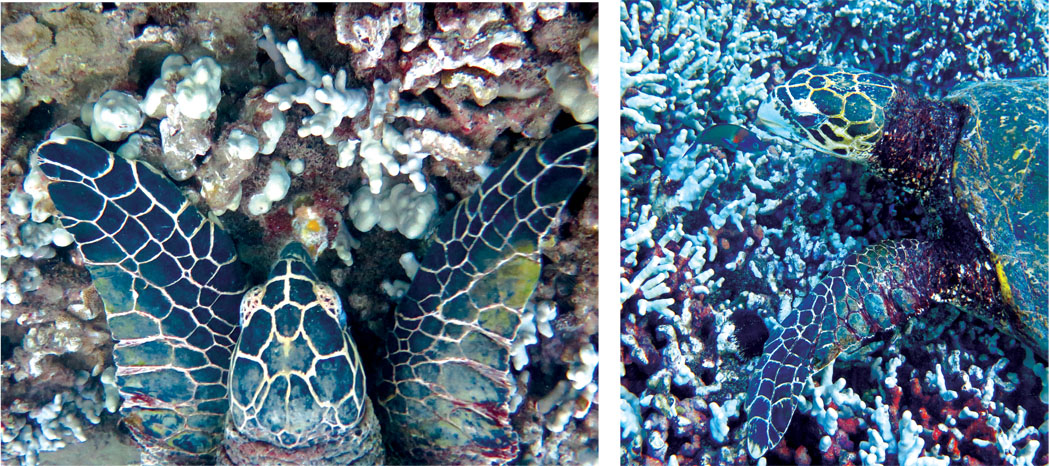
The Hawaiian Hawksbill Conservation online photo-ID catalog showcases 186 individual hawksbills: a collation of approximately 1,400 sightings from more than 300 photographers since 1998. There are more that have not been identified, since there are many remote habitats around the islands, and spreading the word about this project is ongoing. So far, 34 individuals have been identified around Hawai‘i Island. The majority have only been reported once, with the longest duration over the years being #HI2, or “Scaley.” Scaley was first reported in 2003, then several more times until 2015. It’s 2019…where is Scaley now? Maybe you’ll be the next to spot this hawksbill!
The Hawaiian Hawksbill Conservation team is based on Maui, which is probably why that’s where the most individuals have been documented: 82. Interestingly, three of the hawksbills that “grew up” around Maui were tagged when they were old enough to make the journey to nest on Hawai‘i Island—Ake, Pohue, and Misty. Seeing their new flipper tags upon their return to Maui was exciting, and the team looks forward to piecing together more neighbor island connections.
If you submit a photograph or video (old or new) of a novel hawksbill to the collection, you get to choose a name for it. It will also receive a unique identification number, and with your permission will be added to the respective island’s webpage (no specific locations are named). Every sighting is significant, and the conservation team appreciates every photographer! Please remember to keep a respectful distance; they are a Federally and State protected species, so any photography efforts must not disturb or alter their natural behavior. ❖
To get involved in submitting sightings, and help spread the word: hihawksbills.org
To find volunteer opportunities protecting nesting turtles on Hawai‘i Island: nps.gov/havo/learn/nature/turtles.htm
Photos by Cheryl King
Cheryl King is the founder of Hawaiian Hawksbill Conservation and guest writer for Sustainable Pacific Program, Lynker LLC/NOAA Affiliate, Hawai‘i Island.
